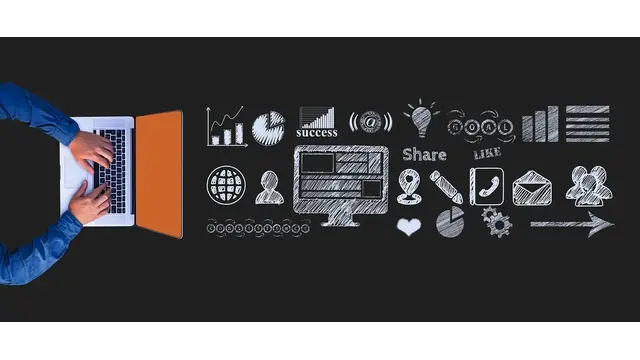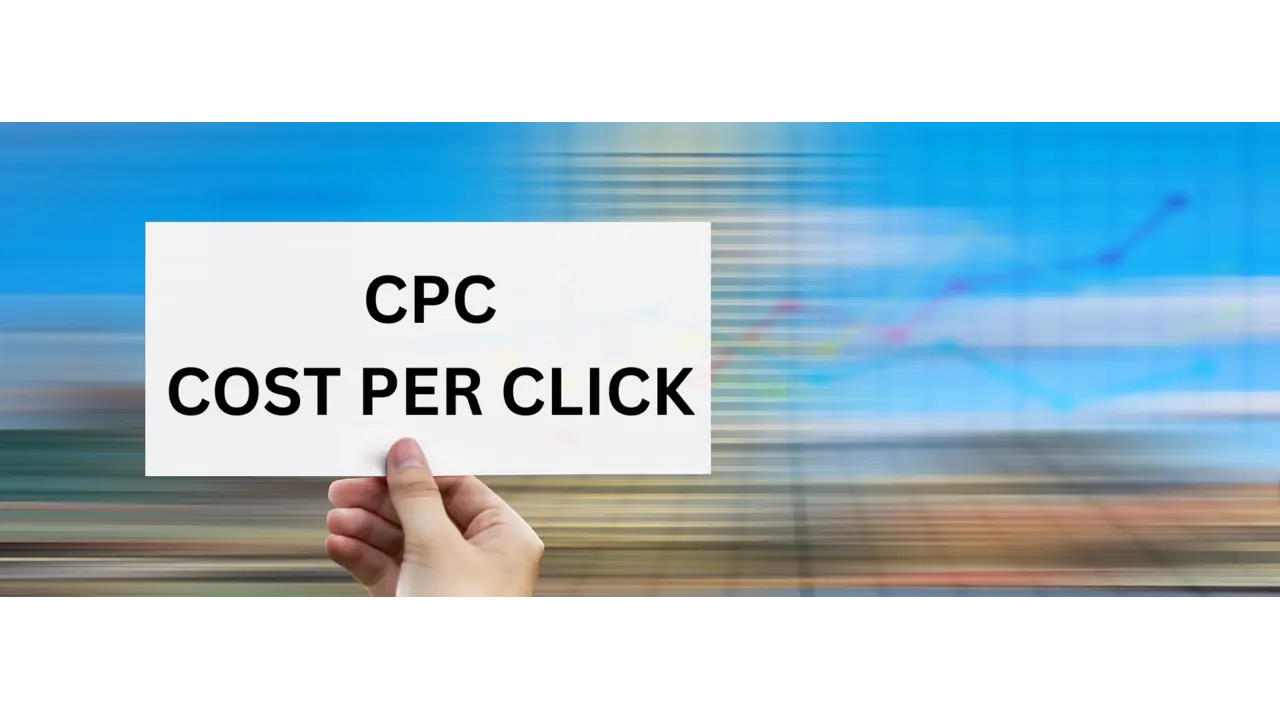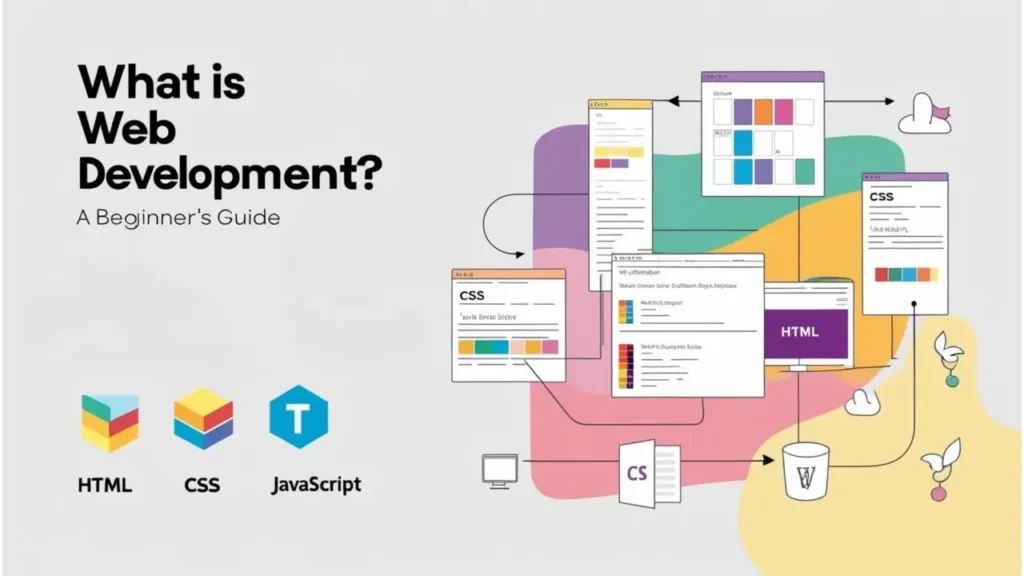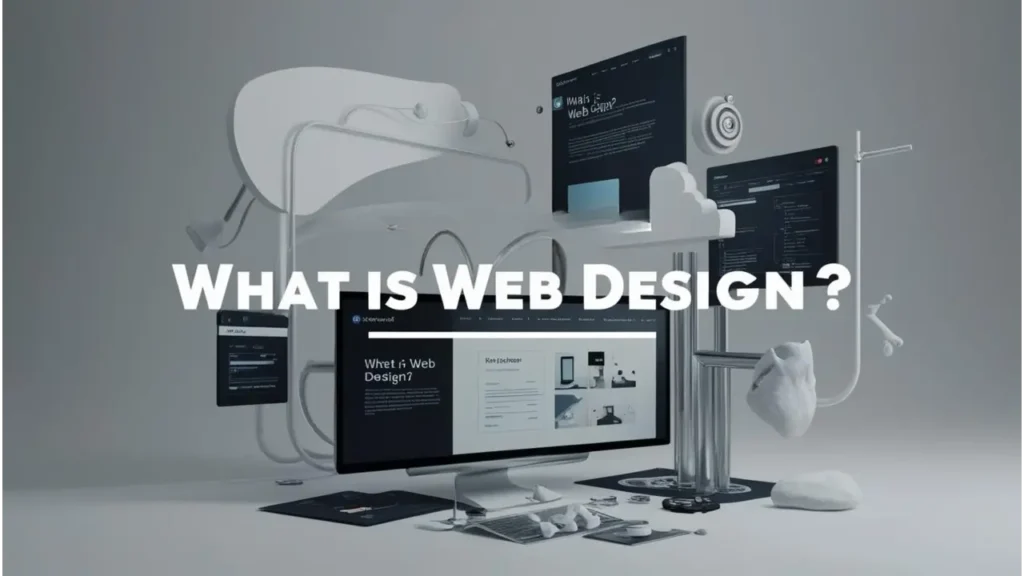In the fast-paced world of performance marketing, Cost Per Click (CPC) is one of the most important metrics advertisers use to gauge the success of their campaigns. Whether you’re running search ads on Google Ads, promoting your business through Facebook Ads, or exploring other digital platforms, understanding and optimizing CPC is critical to controlling ad spend, improving campaign performance, and ultimately increasing ROI.
CPC campaigns can be highly cost-effective, allowing you to pay only when a user shows interest by clicking on your ad. However, navigating CPC optimization can be tricky—particularly when competition for popular keywords is high, driving up costs. This comprehensive guide will break down what CPC is, how to calculate it, and, most importantly, how you can lower your CPC to get the most value from your marketing budget.
Key Takeaways
- CPC Definition: CPC is the amount an advertiser pays for each click on their ad.
- CPC Importance: It helps control ad spend and is essential for budget management in paid advertising.
- Optimization Techniques: Strategies like improving Quality Score, refining keywords, and A/B testing help lower CPC.
- Comparison with CPM & CPA: CPC focuses on clicks, while CPM measures cost per 1,000 impressions and CPA targets cost per acquisition (conversions).
- Pros and Cons: CPC offers control and cost-efficiency, but high competition and irrelevant clicks can drive up costs without guaranteed conversions.
Table of Contents
What is Cost Per Click (CPC)?
Cost Per Click (CPC) is a pricing model in digital advertising where advertisers pay for each user who clicks on their ad. It is commonly used in Pay-Per-Click (PPC) campaigns, including Google Ads, Bing Ads, and social media platforms like Facebook, Instagram, and LinkedIn.
The CPC model ensures that advertisers only pay for actual user engagement—meaning that you aren’t charged unless someone interacts with your ad. This makes CPC a highly accountable and measurable advertising method, allowing advertisers to calculate their ROI with precision.
CPC Formula
The formula for CPC is simple:
CPC = Total Ad Spend ÷ Total Clicks
CPC in Performance Marketing
CPC is a core metric in performance marketing, where the goal is to drive measurable actions—whether that’s clicks, conversions, or sales. Because of its cost-control mechanism, CPC ensures that your budget is tied directly to user engagement, making it one of the most transparent models for tracking ad effectiveness.

CPC vs CPM vs CPA: Which Model is Best?
When deciding on the best advertising model for your campaign, it’s essential to understand the key differences between CPC, CPM (Cost Per Mille), and CPA (Cost Per Acquisition).
- CPC (Cost Per Click): You pay only when someone clicks on your ad. This model is ideal when your primary goal is to drive traffic to a landing page or website.
- CPM (Cost Per Mille): You pay for every 1,000 impressions your ad receives, regardless of whether users engage. This model works well for increasing brand awareness.
- CPA (Cost Per Acquisition): You pay only when a user completes a specific action, such as making a purchase or signing up for a service. CPA is best for conversion-focused campaigns.
Comparison Table: CPC, CPM, CPA
Metric Definition Best For
| CPC | Cost per user click | Driving website traffic |
| CPM | Cost per 1,000 ad impressions | Building brand awareness |
| CPA | Cost per acquisition or conversion | Maximizing sales or sign-ups |
When to Choose CPC?
CPC is ideal when your campaign focuses on bringing relevant traffic to your site. It is especially useful for:
- Search engine marketing (e.g., Google Ads)
- Social media ads aiming for direct engagement
- Lead generation campaigns where tracking clicks is vital

How to Calculate and Track CPC
Tracking CPC across various platforms is relatively straightforward, but it can be influenced by factors such as ad quality, targeting, and bid strategy. Here’s how CPC is typically calculated and tracked on different advertising platforms:
Google Ads CPC Calculation
Google Ads uses a bidding system that considers both your bid amount and Ad Rank (which factors in Quality Score). The final CPC is often lower than your maximum bid, as you only pay what’s necessary to beat the next highest bid.
The formula used by Google Ads to calculate actual CPC is:
CPC = (Ad Rank of the ad below yours ÷ Your Quality Score) + $0.01
Facebook Ads CPC Calculation
Facebook Ads also follows an auction model, but CPC on Facebook is influenced by factors like audience targeting, ad quality, and engagement levels. High-quality ads that resonate with the audience tend to have lower CPCs.
Factors That Influence CPC
Several key factors can significantly influence the CPC in your campaigns. Understanding and optimizing these variables can help you lower costs and improve overall campaign performance.
- Keyword Competitiveness: The more competitive a keyword is, the higher the CPC. For instance, in industries like legal services, insurance, or finance, keywords can have significantly higher costs due to increased competition.
- Quality Score: Platforms like Google Ads use a metric called Quality Score to evaluate the quality and relevance of your ad in relation to the targeted keyword. Ads with a higher Quality Score enjoy lower CPCs because they are considered more relevant by the algorithm.
- Ad Relevance: How closely your ad aligns with the user’s search intent.
- Landing Page Experience: How well your landing page delivers on the promise of the ad.
- Expected Click-Through Rate (CTR): The likelihood that your ad will be clicked.
- Audience Targeting: Narrowing down your audience by demographics, location, or behavior can lead to more relevant clicks but may also increase CPC. Broad targeting often results in lower CPC, but clicks may be less qualified.
- Ad Placement: Ad placement affects your CPC significantly. Premium placements (such as the top of Google’s search results) typically come with a higher CPC, but they may deliver better click-through rates (CTR).

Strategies to Lower Your CPC
Optimizing your Cost Per Click can make a big difference in your ad performance and budget management. Here are some practical strategies to help lower CPC:
- Use Long-Tail Keywords: Long-tail keywords are more specific and often have less competition. For example, instead of bidding on the broad term “shoes,” try targeting “best running shoes for women.” This not only reduces CPC but also attracts more targeted traffic.
- Improve Ad Quality and Relevance :Improving your Quality Score is one of the most effective ways to lower your CPC on Google Ads. To improve ad quality:
- Write ad copy that directly addresses the user’s search query.
- Ensure the landing page experience is seamless and relevant to the ad.
- Use ad extensions (e.g., sitelinks, call extensions) to increase CTR.
- Use Negative Keywords: Negative keywords prevent your ads from showing up in irrelevant searches. For instance, if you’re selling premium products, adding “cheap” as a negative keyword ensures your ads don’t appear when users are looking for low-cost options.
- A/B Test Your Ads: Continuously test different versions of your ad copy, headlines, and images to see which combinations result in the highest CTR and lowest CPC. Even small changes, such as adjusting the call-to-action (CTA), can lead to significant improvements.
Strategy Description
| Long-Tail Keywords | Target less competitive | Highly specific keywords |
| Improve Quality Score | Focus on ad relevance | CTR, and landing page optimization |
| Negative Keywords | Filter out irrelevant search queries to save budget. | |
| A/B Testing | Test different ad elements to find the most effective mix. |

Advanced CPC Strategies: A/B Testing, Retargeting, and More
As you become more familiar with CPC, you can start applying advanced strategies to further optimize your campaigns and reduce costs.
A/B Testing Ads
A/B testing involves creating two or more versions of your ad and testing them simultaneously to see which performs better. For example:
- Test different headlines: A headline with a strong call-to-action might yield a higher click-through rate than a generic one.
- Experiment with ad visuals: Using different images or videos can impact engagement, especially on social platforms.
- Adjust the call-to-action (CTA): A simple change from “Buy Now” to “Get Your Free Quote” can lead to more clicks.
A/B testing helps you identify the combination of headlines, images, and CTAs that drive the highest engagement, which in turn leads to a lower CPC by increasing your Quality Score and CTR.
Retargeting Campaigns
Retargeting allows you to show ads to users who have already interacted with your website but didn’t convert. These users are already familiar with your brand and are more likely to click again, leading to lower CPCs and higher conversion rates.
Platforms like Facebook Ads and Google Display Network offer advanced retargeting options, making it easy to re-engage visitors based on their behavior.
Audience Segmentation
The more precise you are with audience segmentation, the higher the quality of your clicks. By refining your audience targeting based on demographics, location, interests, and behaviors, you ensure that your ads are shown to users who are more likely to click and convert, reducing wasted ad spend and lowering CPC.
For example, segmenting your audience into specific interest groups (e.g., running enthusiasts for sportswear ads) ensures your ad is served to people with higher intent, leading to more valuable clicks.
Optimize for Mobile
With mobile traffic continuing to grow, optimizing your ads for mobile devices is crucial. Mobile-optimized ads often result in a lower CPC, especially if your landing pages load quickly and are easy to navigate on smaller screens. Shorten forms, use click-to-call CTAs, and ensure that visuals are mobile-friendly.
Use Dayparting (Ad Scheduling)
Dayparting, or ad scheduling, allows you to run ads during the hours or days when your audience is most likely to engage. For example, B2B companies may find that running ads during business hours yields a higher CTR and lower CPC compared to off-hours. Similarly, e-commerce brands may find that evenings and weekends work best for conversions.

CPC Trends and Benchmarks Across Industries
The average CPC can vary significantly across different industries and platforms. Below are some benchmarks for key industries based on recent data:
Industry Average CPC (USD)
| Legal | $6.75 |
| Retail | $1.25 |
| Healthcare | $3.17 |
| E-commerce | $0.88 |
| Finance/Insurance | $3.77 |
Impact of Competition on CPC
Highly competitive industries such as legal services, financial services, and insurance tend to have higher CPC rates due to the fierce competition for top-performing keywords. Advertisers in these industries are often willing to pay a premium for clicks that have the potential to result in high-value conversions.
Platform-Specific CPC Benchmarks
- Google Ads: Google remains the most popular platform for CPC-based campaigns, especially for search-based intent advertising.
- Facebook Ads: Facebook’s auction-based model and audience segmentation options allow for varying CPC rates depending on engagement and audience targeting.
- LinkedIn Ads: LinkedIn’s CPC tends to be higher than most platforms due to its professional targeting, making it ideal for B2B marketing.
Pros and Cons of CPC Advertising
Like any advertising model, Cost Per Click (CPC) comes with its own set of advantages and disadvantages.
Pros of CPC Advertising
- Cost Control: You only pay when a user clicks, ensuring that your budget goes toward actual engagement rather than just impressions.
- High-Intent Traffic: CPC is great for driving targeted traffic—users who click are often more likely to convert.
- Measurable: CPC campaigns are easily measurable, allowing you to track key metrics like CTR, conversion rates, and ROI in real-time.
Cons of CPC Advertising
- No Guarantee of Conversions: Paying for clicks doesn’t guarantee conversions. If your landing page or offer isn’t optimized, you could spend a lot on clicks that don’t result in sales.
- Competitive Keywords: In industries with high competition, CPC can become prohibitively expensive, making it difficult to maintain profitability.
- Risk of Click Fraud: Automated bots or competitors can sometimes artificially inflate your click numbers, leading to wasted ad spend.
CPC in Various Advertising Platforms: Google, Facebook, LinkedIn
Different platforms offer unique opportunities and challenges when it comes to optimizing CPC:
Google Ads
Google Ads is the most widely used platform for CPC campaigns, particularly for search intent-based advertising. Factors like Quality Score, Ad Rank, and keyword competitiveness heavily influence CPC on Google.
- Average CPC for Google Ads: $1.25 to $3.75, depending on the industry.
Facebook Ads
Facebook Ads operate on an auction model, where CPC is influenced by user engagement, ad quality, and audience targeting. While Facebook offers a wide range of ad formats (carousel, video, slideshow), CPC can fluctuate based on audience interest and competition.
- Average CPC for Facebook Ads: $0.45 to $3.77, with significant variation across industries.
LinkedIn Ads
LinkedIn Ads typically have higher CPCs due to their professional audience and B2B focus. While more expensive, LinkedIn ads can be very effective for lead generation and high-ticket services.
- Average CPC for LinkedIn Ads: $5.00 to $6.00.
Future of CPC: Trends to Watch
As we look toward 2024 and beyond, several trends will shape the future of CPC advertising:
- Data Privacy and CPC: With increased regulations around data privacy (such as GDPR and the phasing out of third-party cookies), targeting will become more challenging, which could lead to higher CPCs as advertisers compete for increasingly scarce user data.
- AI-Driven Bidding: Artificial intelligence (AI) is playing a larger role in optimizing CPC campaigns. AI-powered tools analyze campaign performance in real-time and adjust bids dynamically, helping advertisers get more value from their CPC campaigns by ensuring they pay the optimal price for clicks.
- New Platforms and Ad Formats: Emerging platforms like TikTok are offering new advertising opportunities. TikTok’s unique video-based format is particularly appealing to younger audiences, and its CPC rates are still relatively low compared to more established platforms like Google and Facebook.
Frequently Asked Questions (FAQs) About Cost Per Click (CPC)
What is Cost Per Click (CPC)?
CPC is the amount you pay each time someone clicks on your ad.
How is CPC calculated?
CPC = Total Ad Spend ÷ Total Clicks. For example, if you spend $100 and get 200 clicks, your CPC is $0.50.
What affects CPC?
Key factors include keyword competition, ad quality, targeting options, and ad placement.
How can I lower CPC in Google Ads?
Improve your Quality Score, use long-tail keywords, add negative keywords, and A/B test your ads.
How does Quality Score impact CPC?
A higher Quality Score lowers CPC by showing more relevant ads to users.
What are negative keywords?
Negative keywords stop your ad from showing in irrelevant searches, reducing wasted clicks.
Conclusion
Cost Per Click (CPC) is one of the most critical metrics in digital advertising. It offers transparency, control, and the ability to pay only when a user engages with your ad. However, optimizing CPC isn’t always easy—especially in competitive industries where CPC rates can skyrocket.
By focusing on keyword selection, ad quality, A/B testing, and audience targeting, you can lower your CPC while maintaining high engagement and improving your overall ROI. Whether you’re advertising on Google Ads, Facebook, or LindkedIn, a data-driven approach to CPC will ensure that your campaigns deliver the best possible results for your budget.












